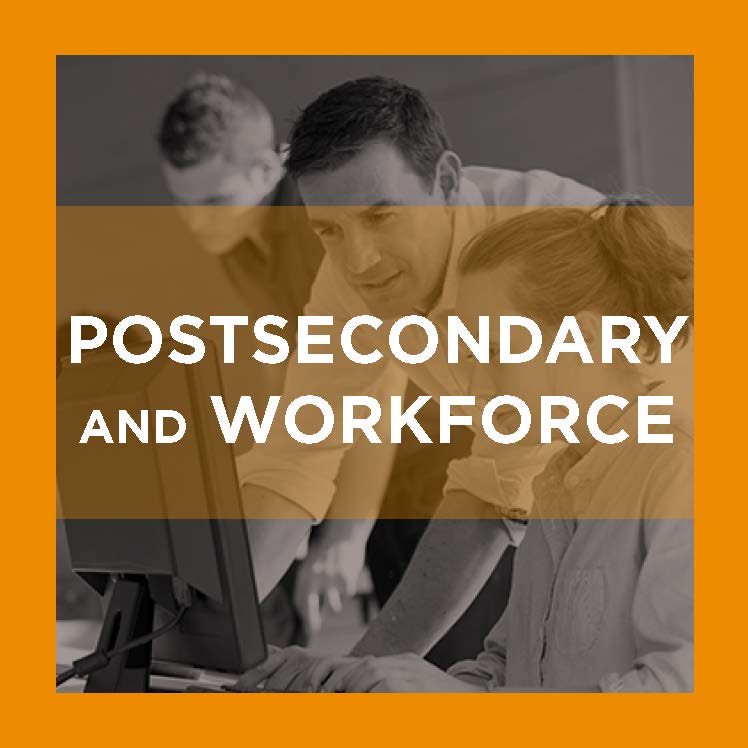As May draws to a close, so does National Foster Care Month. The more than 440,000 youths who are currently in foster care — and the additional alumni — continue to face myriad barriers to education persistence and attainment across the P-20 spectrum. Historical trends demonstrate that these students experience high school completion rates of 46 percent, and only about 3 percent are estimated to pursue a postsecondary degree. With increased awareness around this population, states continue to make strides to support better outcomes.
The Every Student Succeeds Act (ESSA) outlines provisions that encourage more collaborative policy development and implementation that mitigate barriers for highly mobile individuals, such as foster youth and students experiencing homelessness. Foster care alumni typically have experienced numerous residential and academic transitions during their K-12 schooling that can contribute to lower high school completion rates and lost opportunities for important pre-college planning that prepare them for postsecondary enrollment and success. ESSA addresses those gaps by emphasizing the importance of limiting educational disruption by keeping children in their schools of origin when in their best interest. In some cases, implementing provisions of ESSA has proved difficult, given the siloed nature of various entities supporting foster youth — such as K-12 districts, departments of child welfare and human services, and other federal and state agencies. Despite structural barriers, some states have brought key stakeholders together and strengthened supports for this population through legislative activity in 2019.
Citing the importance of school attachment, teacher relationships and the availability of quality education programming, New Mexico passed H.M. 75, which recommends the secretaries of public education and of children, youth and families convene a task force to study educational stability among foster youth and make evaluations and/or recommendations addressing:
- The adherence to current federal and state laws regarding foster youth supports.
- Required responsibilities of district foster care points of contact.
- Funding for transportation services that promote school stability.
- Collaborative efforts among families and educators who work on foster youth transitional supports and best-interest determinations.
With their own fortitude, coupled with scaffolded state programs and policy supports, foster care alumni can make the transition from K-12 to postsecondary degree completion. While many states have already developed foster youth tuition waiver programs, 2019 brought additional support mechanisms.
New York has proposed A. 5090, which would establish a higher education pilot program for foster youth seeking postsecondary enrollment; and Pennsylvania introduced H.B. 1276, which would establish a last-dollar, tuition waiver program and other wraparound support services. Both of these programs provide targeted postsecondary pathways for foster care alumni.
Other states are also focusing on revising their existing programs to broaden outreach and accessibility of support. Arizona enacted H.B. 2061, which lowers existing program eligibility from 16 years of age to 14 years of age, while L.D. 1566 in Maine expands the number of state-level foster youth tuition waivers from 30 to 60.
So, while National Foster Care Month closes, it’s promising for foster youth and foster care alumni to see state policymakers continue to work to untangle some of the barriers they face and craft more accessible educational pathways that can better support them toward success.
Additional sources of information
- Foster Care to Success
- Casey Family Programs
- Administration for Children and Families
- Foster Care Alumni of America
Additional resources from Education Commission of the States








